Naturally Balance Hormones With Seed Cycling
Did you know that all women are suppose to menstruate on the new moon? I didn’t either until recently. Most of us, men and women alike, deal with hormones that are out of whack. Women tend to struggle with things like:
- inconsistent periods
- heavy or light periods
- PMS
- hormonal acne (the stuff around your chin)
- infertility
- PCOS
While men can have low testosterone and experience symptoms including:
- low fertility
- low sex drive
- sparse facial and/or body hair
- loss of muscle mass
- mood swings
- hair loss
The two main hormones at play are Estrogen and Progesterone. In today’s world, estrogens are everywhere and we all struggle with estrogen dominance. (Learn more about estrogen dominance here.) A gentle way to nudge our hormones into levels they need to be at is to do what is called seed cycling.
What is seed cycling?
Seed cycling is simply nutritional support using specific seeds and oils at a certain time of the lunar phases and thus helping to balance our hormones. We are meant to ovulate with the full moon when we could see and enjoy our partner, and menstruate with the new moon when we could not see each other during the night. Using seeds like flax, pumpkin, sunflower, and sesame and oils like fish oil and evening primrose oil during specific phases of the moon will help bind up excess hormones and provide fatty acids that are the building blocks for making our hormones. The first 14 days seeds and oil support the Estrogen dominant time of your cycle, along with your Omega-3 pathways, while the last 14 days support the Progesterone dominant time of your cycle and Omega-6 pathways.
The second part of this cycling is to use moonlight, real or artificial, to help regulate our cycles. For all nights except the night before, the night of, and the night after the full moon, sleep in a room that is completely dark and cool. Invest in room darkening curtains, put towels under the bathroom door and bedroom door if necessary. Then on the three nights listed above open up the curtains and blinds and let the light of the full moon in. Or have a dim white light in your room to mimic the light of the moon.
Doing these steps will regulate cycles of sleep, hormone production, and other processing in your body! Pretty cool right?! While you may experience changes in the first month, for most people it will take 3-4 months before you start to notice significant differences.
So, how do we do this?
As a health coach, I am always looking for ways to make life easier. No excuses work for me! So to start seed cycling, you’ll first want to download a lunar phases app (like this one), then stock up on RAW flax or chia seeds, hulled hemp seeds, pepitas, sunflower, and sesame seeds. They all must be raw, not roasted, also do not buy pre ground seeds. They go rancid too quickly and thus are no longer beneficial. If you don’t have one already, get a mortar and pestle, blender, food processor, or coffee grinder (use for these seeds only, no coffee) to be able to grind your seeds easily.
New moon-full moon (days 1-14)
2 tbsp flax or chia seeds
2 tbsp hemp seeds
plus 2000 mg quality fish oil (like this one)
Full moon-new moon (days 15-28)
2 tbsp sunflower seeds (or sesame seeds)
2 tbsp pepitas (raw pumpkin seeds)
plus 500 mg evening primrose oil
For the men reading this, you will do the opposite seeds of the women during the same phases of the moon.
Grind up 12 tbsp of each pairing depending on where you are in your cycle (three days worth) and store in an air tight container in the fridge. You want to do just a few days at a time so they do not oxidize and become less potent.
A few great options to enjoy consuming all these seeds:
- Add to your morning smoothie (like my cake batter protein smoothie)
- Put on your salad at lunch. This will add a nice crunch and nutty flavor.
- Use to make date balls (adjust this recipe and make sure you know exactly how many to consume to get the right amount daily)
- Add to yogurt.
- Make chia seed pudding and mix in hemp seeds. (chia seed recipe)
- Make into a raw granola with coconut flakes and dried fruit. Consume with a nut butter or again, add to yogurt. (you can modify this recipe)


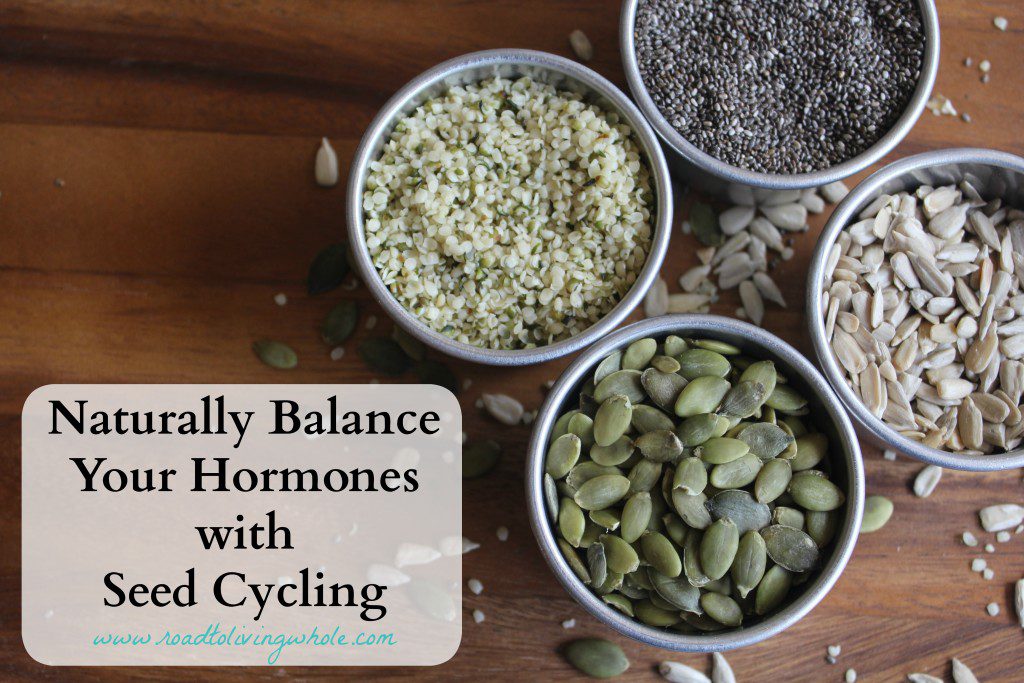

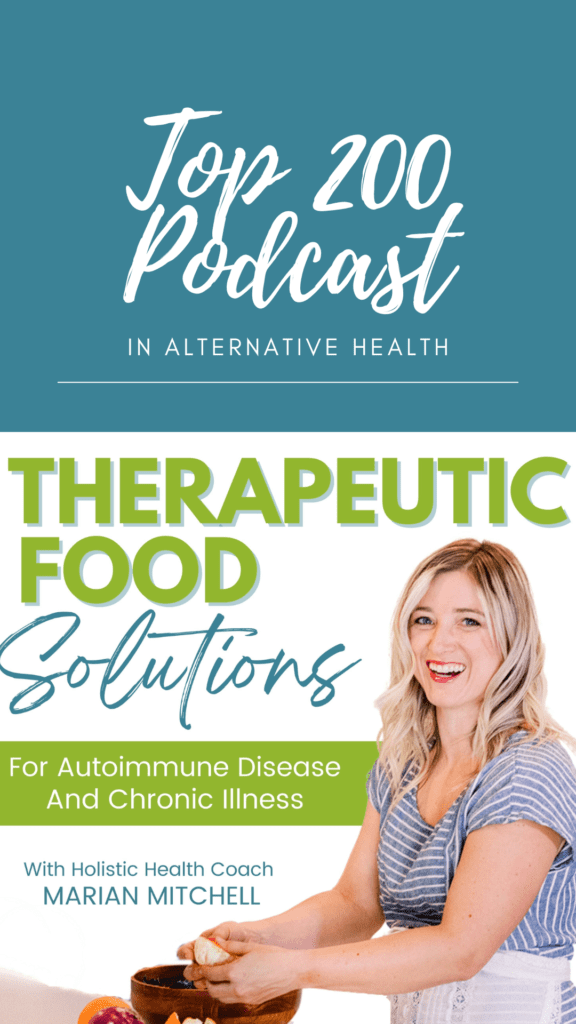
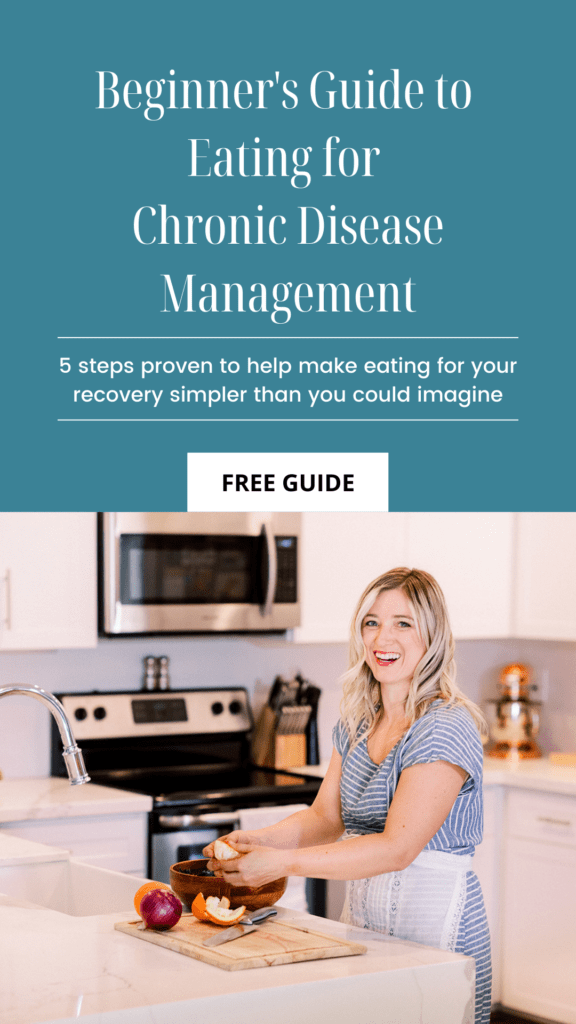

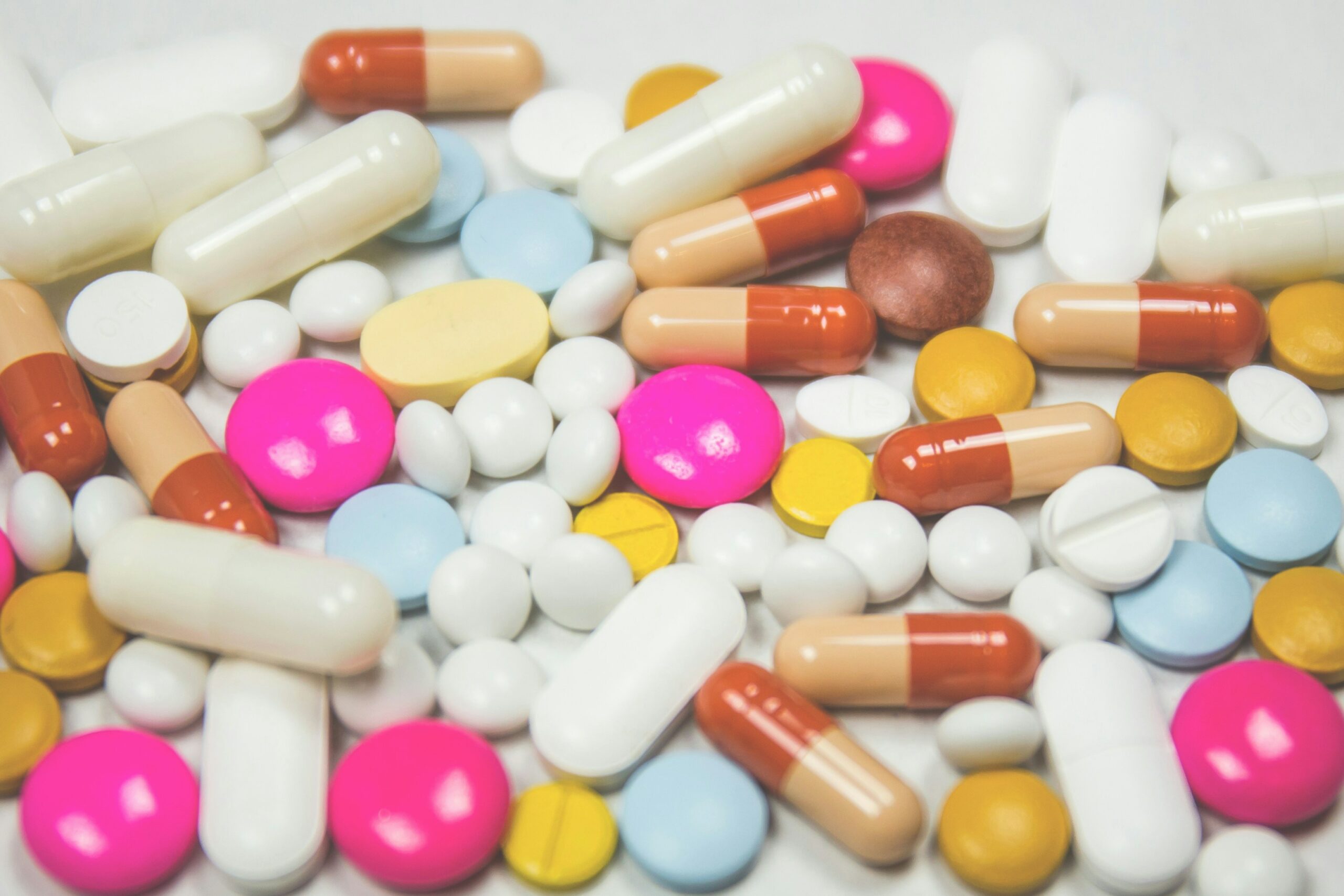


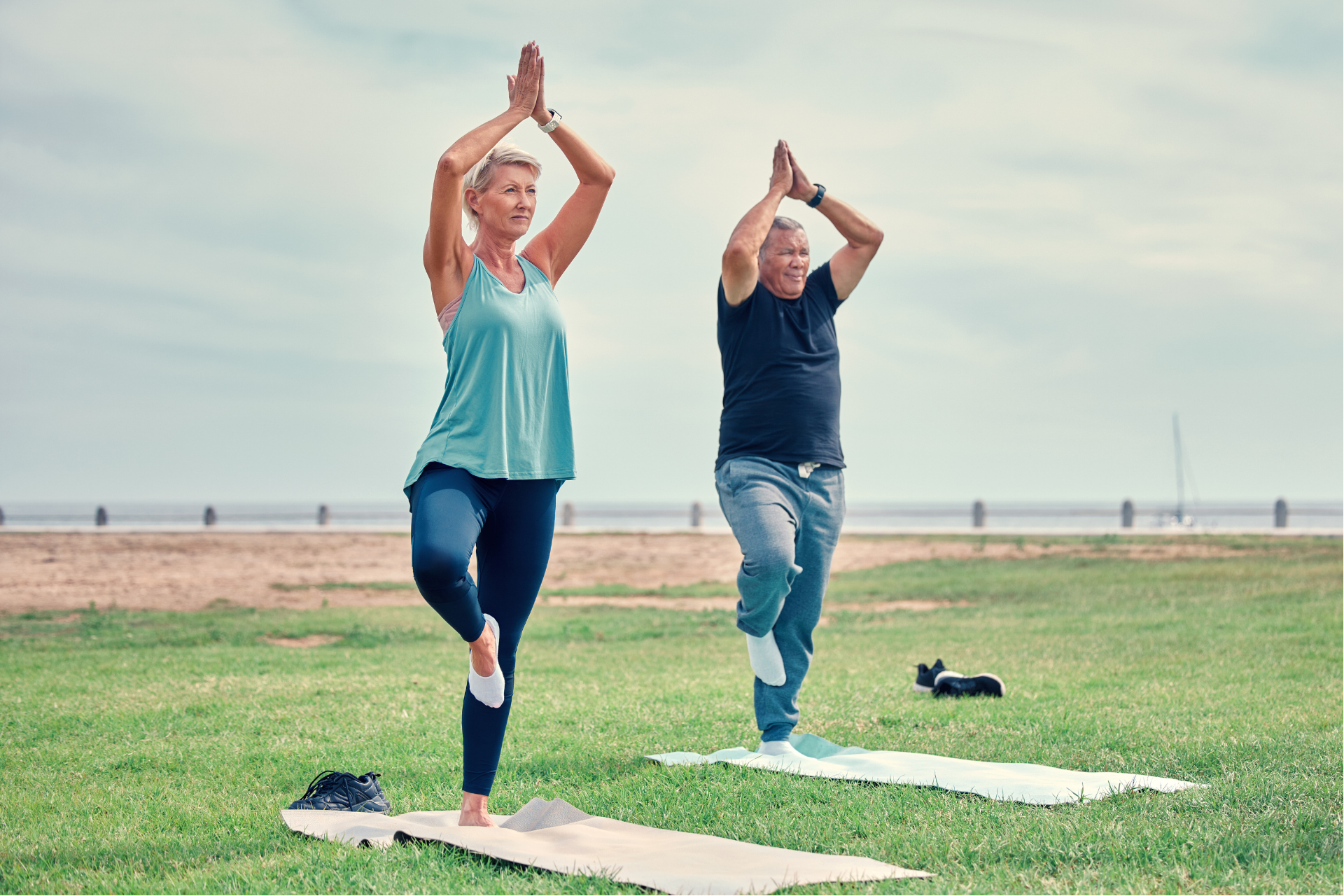
26 thoughts on “Naturally Balance Hormones With Seed Cycling”
This topic is quite fascinating! Is there a way to use seed cycling post-menopause?
Great question!! The seed cycling I explained is good for any stage of life. Post menopause it will still help balance hormones and during meopause it can ease symptoms. Pretty cool right?!
Thank you for bringing this same question I was going to ask you about seed cycling post-menopause. Interesting topic which I never heard of this!
Wow, I have to say, I’ve never heard of seed cycling! What is the evidence base? Great post, thank you…
The most scientific evidence is on flax seeds and pumpkin oil. There are thousands of stories of seed cycling helping ease PMS symptoms, regulate their cycle, and ease menopause symptoms. Obviously not scientific but hard to ignore. Here are some links I referred to in my research.
Phipps, WR, Martini, MC, Lampe, JW, Slavin, JL, Kurzer, MS. (1993) Effect of flax seed ingestion on the menstrual cycle. J. Clin. Endocrinol. Metab. 77(5):1215 – 1219
Goss PE, Li T, Theriault M, et al. Effects of dietary flaxseed in women with cyclical mastalgia. Breast Cancer Res Treat 2000;64:49
Gossell-Williams M, Hyde C, Hunter T, Simms-Stewart D, Fletcher H, McGrowder D, Walters CA. (2011) Improvement in HDL cholesterol in postmenopausal women supplemented with pumpkin seed oil: pilot study. Climacteric. Oct;14(5):558-64.
Zaineddin AK, Buck K, Vrieling A, Heinz J, Flesch-Janys D, Linseisen J, Chang-Claude J. (2012) The association between dietary lignans, phytoestrogen-rich foods, and fiber intake and postmenopausal breast cancer risk: a German case-control study. Nutr Cancer. 2012;64(5):652-65.
This is a most original post and valuable information for so many. It will be great to see the posts from people who have done this with success.
wow, a lot of new things I learned from this post
very interesting thanks for sharing as I get older I look for ideas of how to handle it all
come see us at http://shopannies.blogspot.com
Thank you so much for very clear explanation. I have noticed seed cycling on internet for a while ago but yours is the best. 🙂
Thank you so much. I tried really hard to a complex topic easier to understand 🙂
Thanks for the great information! I’ve been looking in to seed cycling to balance my cycles. I am confused though about when to use the pumkin/pepita seeds… In your instructions in this post, you put them in the second half of the cycle (days 14-28). But the graphic you have included puts them in the first half… And almost every other source I have seen online puts them in the first half of the cycle. Can you please explain this discrepancy. Thanks… I just wan to get it righ before I start!
Hi Jocelyn, I’m so glad you’ve found this post helpful. Thank you so much for asking about this discrepancy. While you can follow the chart that I have shown and it would be just fine, the seeds I recommend in this post are from a doctor I work with. While the seeds are not in the popular sequence they still support the hormone cycles. The fiber in the seeds as well as manipulating the balance of Omega-3 and Omega-6 fatty acids provide efficiency for our hormonal pathways. New Moon: balance Omega-3 pathways Full Moon: balance Omega-6 pathwaysEach seed type contains variations of these lignans and fatty acids; rotation of these seeds throughout the month provides the body with the variety of precursors it needs to create normal hormonal cycles. Does this help?
I have the same question, but I don’t feel you answered it. When do we eat the pumpkins seeds? 1-14 or 15 to 28?
15 to 28
Hi Marian! Quick question: for those of us with a longer cycle than 28 days when do we make the switch? For example I normally have a 35 day cycle (which i want to get down to 28 days) – do I still switch to sesame and sunflower on day 14 and on day 28 change back to pumpkin and flax? Or do I go with my own cycle and carry on with the sesame and sunflowers until day 35? Im a bit confused! Thank you!
Hi Elena,
Since your goal is to regulate your cycle and get it back to close to a 28 day cycle I recommend keeping the seed cycling on days 14 and 28. When my cycle was off it took about 3 months before I noticed my cycle shifting and 6 months before it was cycling with the moon. Thank you for reaching out and asking!
Hi Elana, I would stick to the 28 day schedule to help regulate it.
I’ve never heard of seed cycling such an interesting concept! Glad you shared this.
Interesting! This is new to me!
Wow this is amazing! I am super into health and well-being and yet had never hear about this concept before. I’m definitely going to give it a shot. Thank you so much for sharing your wisdom! xx
Wow what an interesting topic, as a long time suffer of Menstrual cramps I like the idea of a natural way to regulate your hormones.
This is a great start, I also suggest a topical magnesium lotion applied to your lower abdomen nightly to help.
I’m going to share this with a few friends and bookmark it for myself. This is fascinating and super helpful for someone like myself that needs to balance their hormones.
Is there a substitute you recommend for sesame seeds? Thank you!
I have a question. Can I take two tablespoons of pumpkin seeds instead of flaxseeds or, is there any alternative to flaxseeds because it doesn’t suit me. Please help me regarding this issue. Thank you.
No. I would replace the flax seeds with chia seeds which I would add to a liquid or yogurt before consuming.